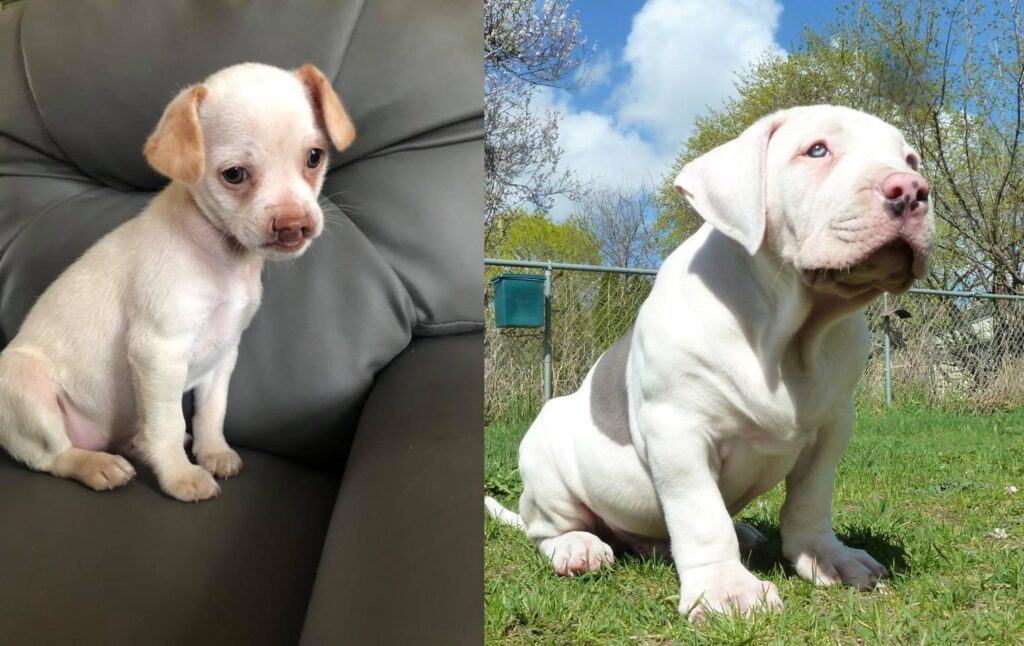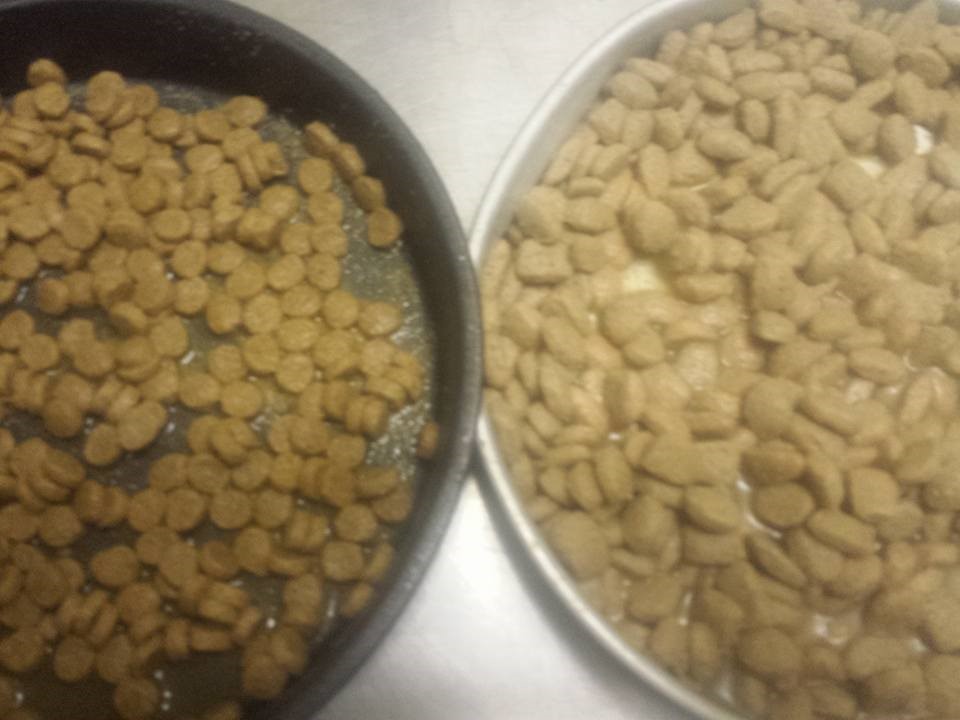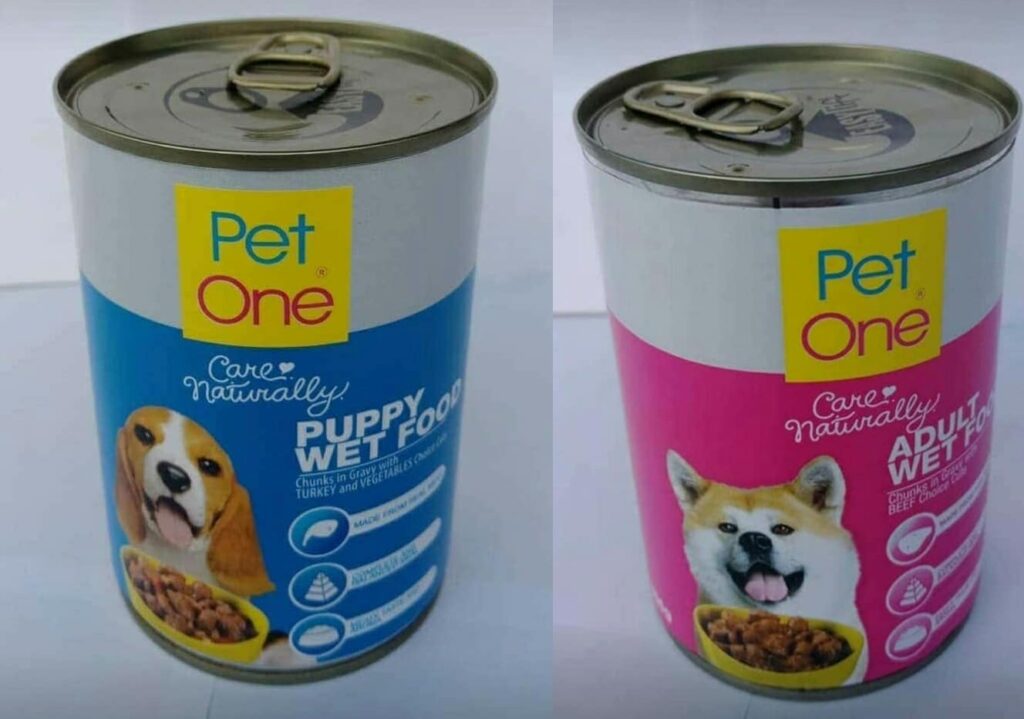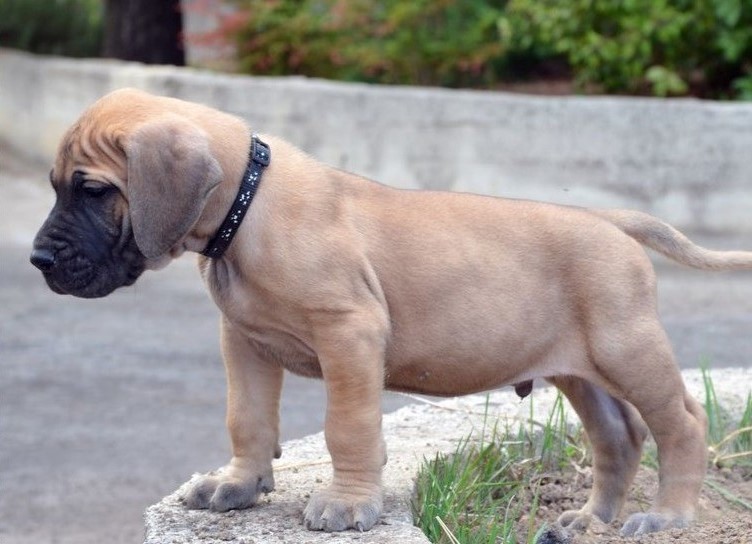Puppies and older dogs have different dietary requirements. At the early growth stage, puppies require food that is high in nutrients to support their growth and organ development. As important as the quality of the food is, the quantity being fed is also very crucial because when puppies are underfed, they do not get the required nutrients, so as a dog keeper, you must look for the best food for your puppy and the amount it’s fed daily.
Puppies are fed dry food, canned food, and occasionally treats or snacks. These food resources are specially formulated to meet the nutritional requirements of the dog at a certain age. These dog foods are available in different forms and flavors for different dog ages, breeds, and activities. So it is important to choose one that best fits your puppy’s age and lifestyle.

Puppy Feeding Schedule For Puppy Under 10 Weeks
Growing pups should be fed puppy food, a diet specially formulated to meet the nutritional needs for normal development. These foods contain more calories, protein, and calcium, essential for your puppy’s growth and development. At such a young stage in their life, puppies are growing rapidly and need quality nutrients to match the growth rate.
Puppies under 10 weeks are fed 3-4 times per day; they have an underdeveloped stomach that cannot digest a large sum of food like older dogs, so smaller meals throughout the day will help their little bodies digest the food.
Puppies that are 6 to 9 weeks old should be introduced to dry food. Once your puppy has been weaned off its mother’s milk (around 8 weeks), you can start feeding it solid foods like canned or dry dog food. You won’t want to start feeding your pup any hard foods until they are at least 9-10 weeks old. If you decide to use hard foods, be sure to soften the food with some water.
The ideal age to start giving your puppy solid foods is 10 weeks old. At this point, the puppy has been fully weaned and has had time for their digestive system to mature. Feeding adult food will rob your puppy of important nutrients. You may want to ask your veterinarian to recommend the right plan for your pet and for specific breed-size recommendations regarding the feeding schedule.
Puppy Feeding Chart
| Weight at Maturity | Age and Food quantity | ||||
| 1 – 3 Months | 4 – 5 Months | 6 – 8 Months | 9 – 11 Months | 1 – 2 Years | |
| (lbs) | (cups) | (cups) | (cups) | (cups) | (cups) |
| 3 – 10 | 0.75 | 1 | 1.25 | Adult ration | Adult ration |
| 11 – 20 | 1.25 | 2 | 1.25 | 1.75 | Adult ration |
| 21 – 50 | 1.5 | 2.75 | 2.25 | 3 | 4.25 |
| 51 – 75 | 2.5 | 3 | 3.75 | 4.75 | 6.25 |
| 76 – 100 | 2.75 | 3.75 | 6 | 7 | 11 |
What To Feed Puppies At 5 – 10 Weeks Old

Dry Food or Kibble
Dry food is a great option for puppies because it’s highly digestible and can clean their teeth as they chew. You should always use a bowl, not a bag, when you’re feeding dry food. This way, your puppy will be able to get all of their food at once instead of having to paw at the bag repeatedly until they get enough out.
We recommend starting by feeding your puppy kibble made from a balanced formula with high-quality ingredients. Kibble is the most convenient option because you don’t have to worry about portioning out wet or canned food, and your puppy will be able to eat it easily. However, if your puppy has trouble chewing, you may want to try moistening their kibble with water or broth before feeding them.
Here are some top-rated dry foods for your puppy within the age of 5 – 10 weeks, you can select from:
- Purina Puppy Chow Complete Nutrition Adult Dog Food
- Nutro Wholesome Essentials Natural Small Breed Puppy Food
- Hill’s Science Diet Adult Small & Toy Breed Dry Dog Food
- Wellness Complete Health Natural Grain Free Small Breed Lamb & Barley Recipe Dry Dog

Wet or Canned Food
Wet or canned food is great because it provides your puppy with extra protein and moisture that might not be present in dry kibble alone. Canned food can be introduced into your puppy’s diet at around 5 weeks old. Canned food contains more protein than dry food, which helps build muscle mass and promotes healthy bone development.
Canned food has a higher water content than dry kibbles (around 80 percent versus 10 percent); it is a good source of water for your puppy if it is not drinking water or is having difficulty drinking water. However, if your puppy eats too much wet food or too much at once, it can cause diarrhea and other gastrointestinal issues that can be painful to the dog. Make sure you only give them small amounts at a time.
Canned food is easy to digest as well, which makes it perfect for puppies. You can find canned food in most pet stores or online. Here are some highly-rated canned puppy foods you can select from:
- Blue Buffalo Homestyle Recipe Puppy Chicken Dinner with Garden Vegetables Canned Dog Food
- Pedigree Chopped Ground Dinner with Chicken & Beef Puppy Canned Wet Dog Food
- Hill’s Science Diet Puppy Chicken & Barley Entree Canned Dog Food
- Wellness Complete Health Just for Puppy Canned
- Royal Canin Puppy Appetite Stimulation Canned Dog
Treats
Treats are another food in your puppy’s diet. Treats provide extra calories for energy for the dog and also serve as a means to reward your puppy when it behaves well. Treats should be small and soft. Give your puppy treats in moderation; they have a lot of calories and fat content that can make a dog overweight and other health problems. Also, ensure the treats are small and soft-textured so they don’t damage your dog’s teeth or get stuck in its throat.
Here are some of my favorite treats or snacks for puppy:
- Puppy milk bone chews
- Chicken jerky (make sure it’s all-natural)
- Rawhide chews
- Sweet potato jerky
- Carrot
- Eggs (boiled or scrambled)
Wet Food vs Dry Food: Which is Best?
Ideally, wet food benefits the dogs much more than dry food because it contains more nutrients and is highly digestible. However, the dry food also has some benefits to the dog’s health and development. Some of these differences are better explained thus;
Moisture content: Canned food has more water in it than dry food, which means that it can help your puppy stay hydrated when they are still learning to drink water by themselves.
Health Benefits: Dry food helps improve the dog’s dental health because it helps scrape away plaque and tartar buildup from teeth. Also, dry food aids digestion as it contains more fibre than wet food. On the other hand, wet food is easier to chew and digest.
Nutrient Composition: Wet food has more protein and other essential nutrients than dry food; it is often recommended for dogs who are trying to build muscle mass (like hunting dogs). On the other hand, dry dog foods contain relatively
Palatability: The advantage of wet food over dry food is that it is highly palatable. Wet foods have great taste and flavor, dogs usually love the taste of them. Dry food, on the other hand, is usually mixed with water or broth to soften and aid its palatability.
Storage: Dry food is easier to store than canned food since you don’t have to worry about keeping it refrigerated or making a mess when you open it up.
Price: Wet food is typically more expensive than dry food.
A combination of wet food and dry food in a dog’s diet gives the dog a good balance of nutrition and better intake. The dog derives more benefits from the diet when both wet food and dry food are included in its diet.
Poisonous Foods To Avoid Feeding Your Puppy
- Dairy products: These are not good for puppy because they lack the enzymes needed to break them down. The result is diarrhea, bloating, and other digestive issues.
- Grapes, raisins, or currants: These fruits have been linked with kidney failure in dogs.
- Raw bones: Raw bones can splinter and cause cuts and infections in your dog’s mouth. Never give them raw chicken or turkey bones, either.
- Onions and garlic: These are toxic to puppies, so it’s best not to give them onions or garlic unless you absolutely know what you’re doing (and if so, we hope you share).
- Avocado: Avocados can cause pancreatitis in dogs and should therefore not be given to them until the age of 12 months at least.
- Chocolate: Chocolate contains theobromine, which is toxic to dogs. It can even be fatal in large doses.
Feeding Tips For Your Puppy
1. Start with the right amount of food: A good rule of thumb is to feed your puppy twice as much as they can eat in 10 minutes. If they’re still hungry, you can give them another serving after an hour or so.
2. Feed them at least three times a day: Your puppy will want to eat more often than this, but if you stick to three meals a day, it will help keep them from overeating and getting sick.
3. Use high-quality dog food: If you’re feeding your dog supermarket brands, consider switching over to something that’s made specifically for dogs; they’ll get all the nutrients they need without any unnecessary fillers or chemicals.
4. Monitor your dog’s weight carefully. You may want to consider using a scale at home before purchasing one at the vet’s office. If you have questions about how much food your dog should be eating, call us or ask your veterinarian for advice.
5. Don’t leave leftovers sitting out overnight: If there’s no one home during the day (like parents at work), make sure that any uneaten food gets thrown away before bedtime so it doesn’t attract pests or spoil overnight.
FAQs About Feeding Puppies
Can a Puppy Eat Human Food?
Yes, a puppy can eat human food, but it should be in moderation. Giving a puppy human food is not advisable because of the nutrient composition. You know, puppies have a unique nutrient requirement that must be met for them to grow healthily; this may not be present in human food. So, even if you want to give your puppy human food, it should be given as a supplement and not the main diet.
Can I Give My Puppy Eggs?
Yes, you can give your puppy eggs. Eggs are a great source of protein, vitamins, and minerals. They also provide omega-3 fatty acids, B vitamins, choline, lutein, and zeaxanthin; these nutrients are beneficial to a dog’s hair and coat health. I recommend feeding your puppy hard-boiled or scrambled eggs. You can also feed them raw eggs if you want to make sure they don’t have any allergies to them (but I wouldn’t recommend it).
Do Puppies Need Milk Or Water?
Puppies need both milk and water for their development. Puppies are born with a low functional digestive system, so they need light food, in form of milk and water, to develop their digestive system. As the puppy grows, the need for milk decreases and the need for water increases, which validates weaning at 5-6 weeks. Milk can cause diarrhea in older dogs.
How Much Should You Feed A Puppy Per Day?
The quantity of food a puppy eats daily depends on several factors: the breed, the age, the activity level, and more. Ideally, puppies under 10 weeks eat up to 1 cup per day. The food should be divided into about 4 portions because the puppy cannot eat all at once. Older dogs eat more, you can refer to the puppy feeding chart above for accurate quantities for different age ranges.
How Often To Feed A Puppy?
Puppies are fed up to 5 times a day, this is because their food is portioned into smaller chunks that they can eat at a time. You do not want to give your puppy stale food and risk being contaminated. Puppies under 10 weeks are fed up to 4-6 times per day. Older dogs are fed 2- 3 times per day.
What Is The Best Time Of Day To Feed A Dog?
I have spoken to several dog keepers, and I can tell that the feeding time for their dogs differs. Generally, dogs are fed in the morning and evening, and after exercise. According to these dog keepers, feeding dogs in the morning and evening helps prevent hunger-related behavioral issues. Feeding dogs after exercise helps replenish the dog’s energy and support muscle recovery.
Lastly,
Puppies should be fed high-quality food formulated for their age and lifestyle; adding treats to their diet can help improve their character, but ensure they are not overfed. Avoid giving your dogs human foods solely; likewise, foods like chocolate, raw bones, garlic, and onions should be avoided. Always watch the weight of your dog as it grows to avoid weight-related issues.
